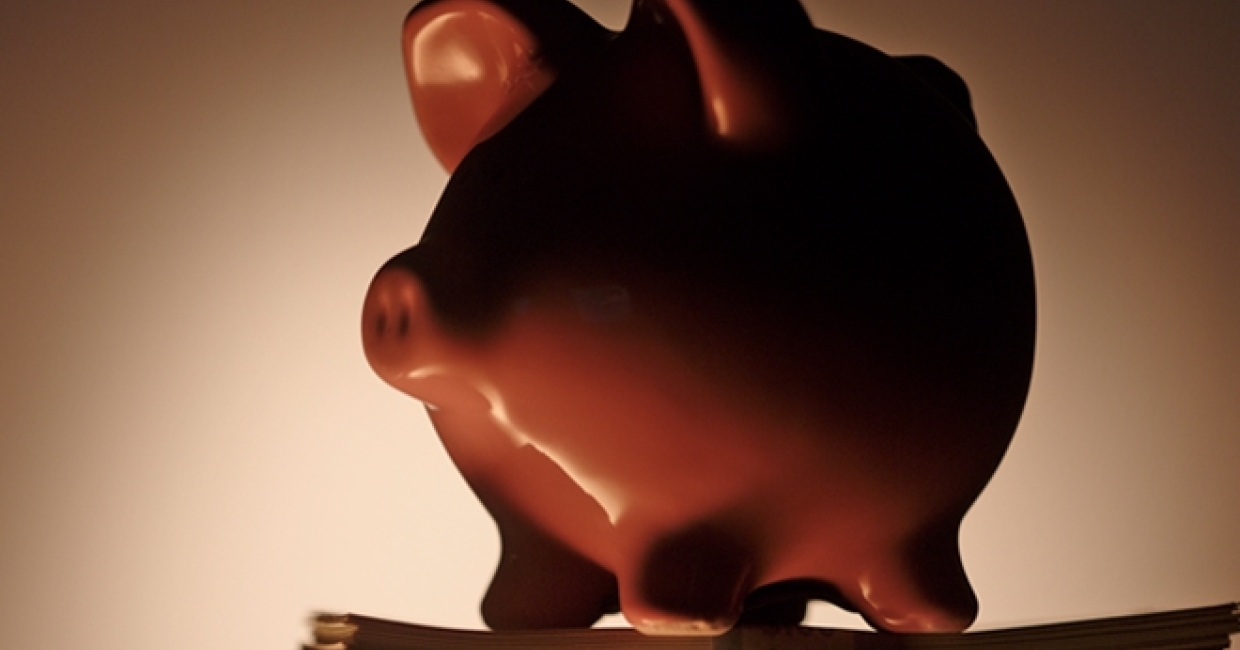Leigh Caldwell, author of The Psychology of Price, explains how to find out the highest price a customer will pay for a product …
It’s likely that at some point in the next year, your business will want to introduce at least one new product or service into the range of choices you offer your customers. How will you decide how much to charge for it?
Most companies use simple rules of thumb, such as if the product is bought in from another supplier, add a standard, fixed percentage markup. If it is similar to a product you already sell, charge the same price as you do for the other product. These rules leave money on the table. By understanding your customers’ psychology, you can make a lot more.
Different customers will pay different amounts for the same product, so even if a manufacturer has set a national recommended retail price, this doesn’t mean it is the right price for your customers. The first step in setting the price is finding out what your particular clients are willing to pay. For this, it’s time to do some market research.
How would you do it? Of course, you can’t just ask them “how much would you pay for this product?” Firstly, because they will always try to give you a lower amount than the real answer. People have an instinctive feel for negotiation, and even if they know it’s market research and they aren’t really going to buy the product, they will still try to lowball the price in the hope that it encourages you to charge less in general. Secondly, because customers don’t even know the answer to the question.
“Different customers will pay different amounts for the same product, so even if a manufacturer has set a national recommended retail price, this doesn’t mean it is the right price for your customers”
Thirdly, and most importantly, because the answer to the question does not just depend on the customer and the product – but also on where they are, what other products are on offer, their mood, their current needs, the payment method, and lots of other factors. So you would need to measure these as well as their basic attitude to the product.
There is no short cut to the right answer, but the single most effective thing you can do is a comparison test. Customers will always compare the price of a product to other products they think are similar. You can influence them to pay more by putting the new product alongside more expensive alternatives. But if they don’t consider the product to be a realistic peer of the comparison group, this won’t work so well.
Therefore you should test this. Show customers pictures – along with information such as materials, warranty and other specifications – of the new product, along with alternatives that already have an established price point. Ask them to talk through with you which product they prefer, and why. You will soon get an idea of whether they see the new one as having the same status or quality as the ones it’s alongside. Then ask them how much they think the different products would cost.
Conduct this test with several different peer groups of products. For instance, with one group of customers you may compare the new sofa to Vitra and Ligne Roset models. With another group, compare it to mid-range options from Heal’s or John Lewis, and, with another, to budget options from Ikea.
If you have the product actually available for them to touch and sit on, so much the better. You will probably find that whatever group you place it with, customers will rationalise why it is there and not find it too strange. Naturally, they will pay less for a new mid-quality product than for a high-end Vitra model, but the comparison with Vitra will influence them to pay more.
Ultimately, you will want to choose the highest-priced comparison group which your customers think is a reasonable benchmark for the new product. Your new product can then be priced a little lower than the other products in the group, and this will let you earn the maximum profit from it.
Finding the customers to conduct this exercise with shouldn’t be hard – your existing customers will probably be willing to help in return for a glass of wine or even a small cash fee (£20-50 is typical if you are going to take up 15-45 minutes of their time). You would usually want to show each comparison set to at least five people, ideally 10 or 20.
You can use the opportunity to ask them other questions – about how they perceive your company, the kind of products they’d like to buy in the future, and any suggestions they might have. And it is a chance to cement your relationship with them so that they are more likely to remember you and come back to shop again in the future.
There are more advanced ways to ask your customers psychologically-calibrated questions and analyse the results, and market research agencies can help you with those if you want – search for ‘behavioural pricing research agency’ and you should find a few. And once you’ve found the best comparison group for the product, and chosen the base price, you can use the other psychological tactics from the earlier articles in this series, or the many other approaches included in my book, to enhance profits even more.
Leigh Caldwell is the author of The Psychology of Price, a guide to using price to increase demand, profit and customer satisfaction, published by Crimson and available from Amazon and all good booksellers. Leigh is the founder of Inon, a leading pricing consultancy.








